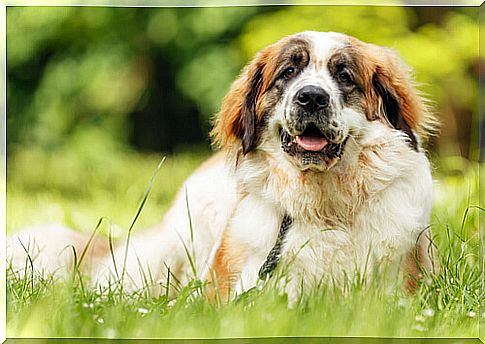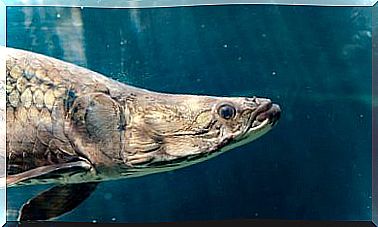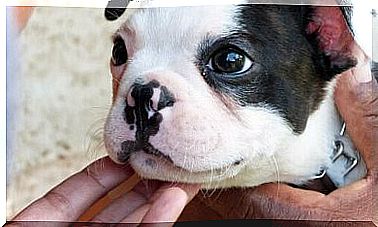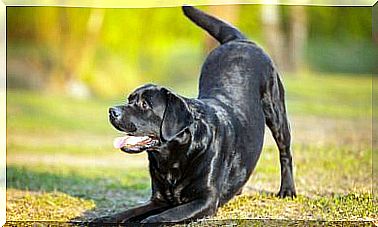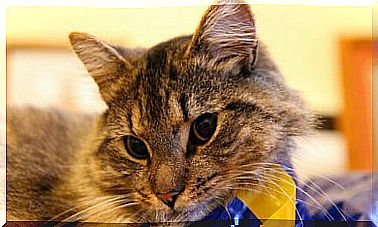Hemophilia In Dogs

Known as the blood disease, hemophilia in dogs is a hereditary pathology. It is treated with great care, due to its consequences, and usually manifests after two months of age.
Hemophilia is a blood clotting disorder. The enzymes and proteins that thicken the blood are inhibited; therefore, the circulation remains very liquid.
The best way to treat hemophilia in dogs is with the help of a specialist. The owner of the animal must be attentive to any abnormality of a circulatory nature, and go to the vet for any irregular episode.
How Hemophilia Manifests in Dogs
Unfortunately there is no previous diagnosis, unless the owner knows the background of the parents. This disease can have serious consequences, such as constant bleeding even in a hemorrhage.

It should be noted that hemophilia is a hereditary disease, that is, it is unfortunately transmitted from the mother to the children through a deficiency of an X chromosome.
In the case of males, they will always suffer from the disease if they inherit the chromosome from their mother. While females will only be transmitters, unless they are the fruit of a male and female, both carriers of that chromosome.
There are breeds more prone than others to suffer from hemophilia in dogs. For example, specimens such as German Shepherd and Doberman Pinscher have a greater tendency to suffer from this disease.
Now, the most common way to know if an animal is hemophiliac is after an injury. In general, and under normal conditions, the clotting process occurs immediately, which prevents bleeding from continuing.
In the case of hemophilia in dogs, the bleeding never stops. If it is a superficial cut, there is not much risk; however, when it comes to deep wounds, hemophilia can be fatal.
What to do if you suspect hemophilia in dogs?
If you have experienced a prolonged bleeding episode, the best thing to do is go to the vet immediately. Through the origin and location of the wound, the specialist will be able to determine the way the body reacts ; that is, if there is any abnormality in the circulatory system.
There are three types of hemophilia: A, B, and C, or also called mild, moderate, or severe. In the case of type A or mild hemophilia, it is usually detected only when there is a wound, while type B or C manifests between four and six months.
In these cases, it is common to see the dog bleed from the nose or gums. In addition, it is possible that there may also be blood in the urine and feces.
How Hemophilia is Treated in Dogs
- The first thing is to make a diagnosis. Unless the owner knows the animal is hemophilic, the vet will determine the cause of the bleeding.
- On some occasions, constant bleeding can be due to external factors. A common case is the ingestion of rat poison by the animal, and also the bite of snakes.
- In both circumstances and, as a consequence of the effect of the poison, the enzymes that clot the blood are inhibited.
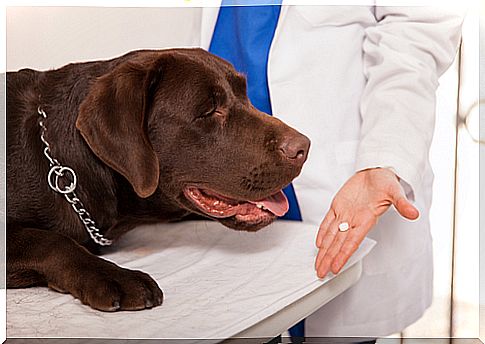
- Also a deficiency in the absorption of vitamin K can cause uncontrolled bleeding. This is because vitamin K acts on the liver, the organ that is responsible for producing clotting enzymes.
- Some medications also affect the process of thickening the blood, such as long-term antibiotics. An overdose may also be given in dogs taking blood thinners.
- If the specialist’s study diagnoses hemophilia in dogs, he will probably prescribe coagulants for the animal ; or, failing that, a vitamin K-based treatment will be applied.
- In a more recent activity, a gene therapy has been determined to overcome hemophilia. The therapy consists of injecting factor VIII into the body, which causes the disease.
- So far, animals treated with this type of therapy have been free of hemophilia for three years.
Considerations for circulatory disorders
The coagulation deficit in the blood can lead to other health problems for the animal. The most common is anemia, which is caused by some internal bleeding.
Symptoms of this condition are weakness, trouble breathing, and arrhythmias. The animal is also confused and lethargic; to which is usually added vomiting and bloody stools.
It might interest you …
Main image source: Aleksey Gnilenkov
